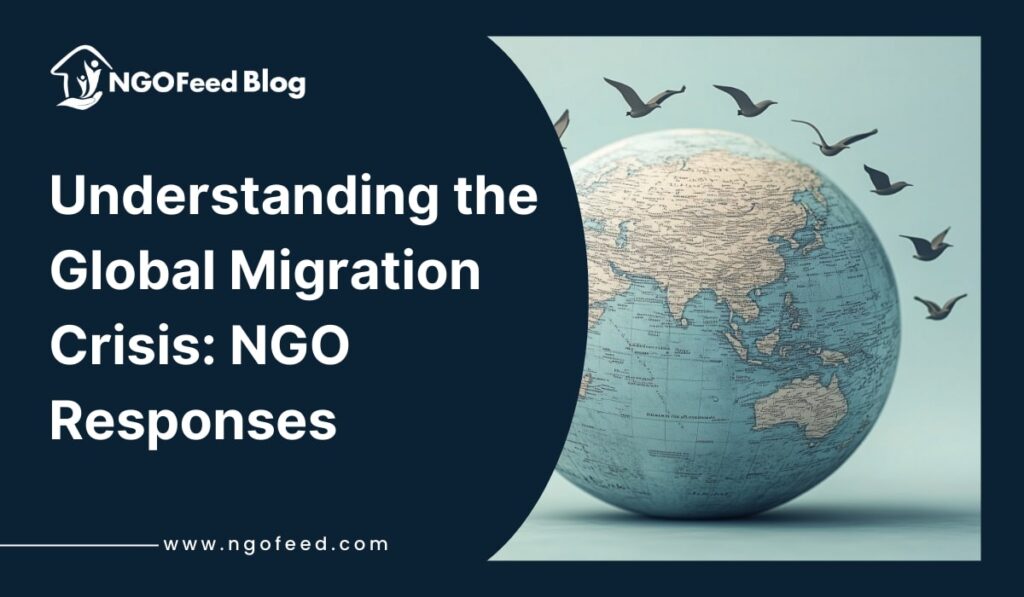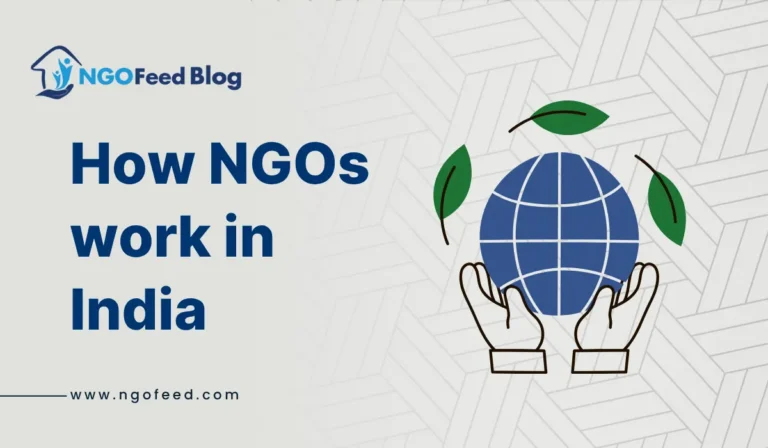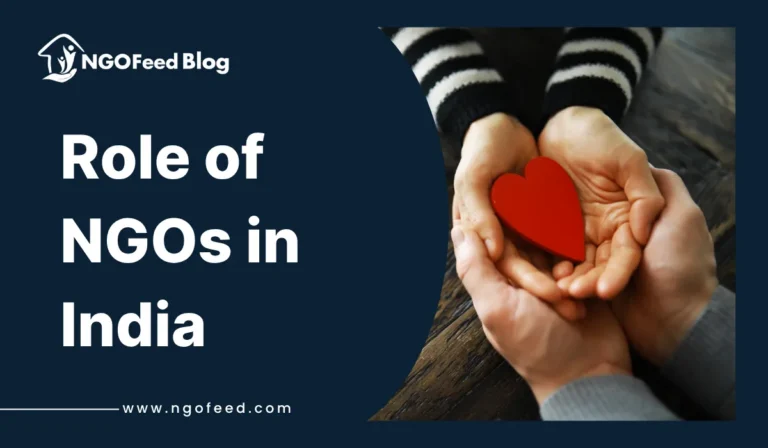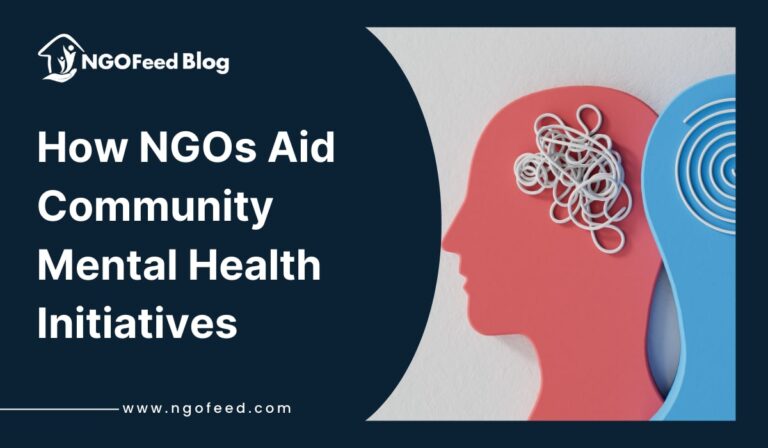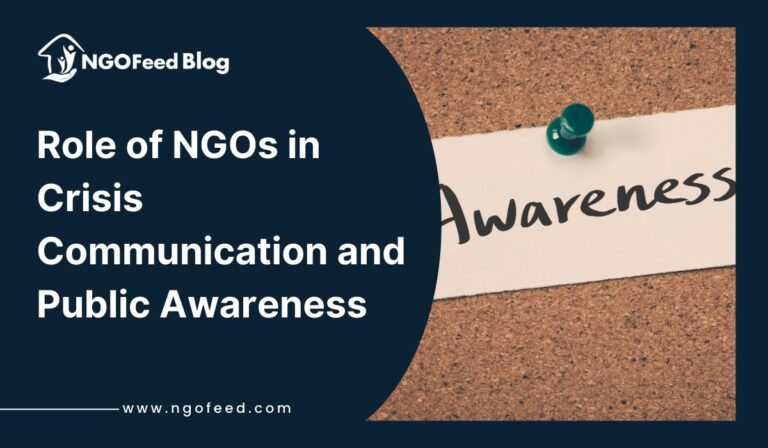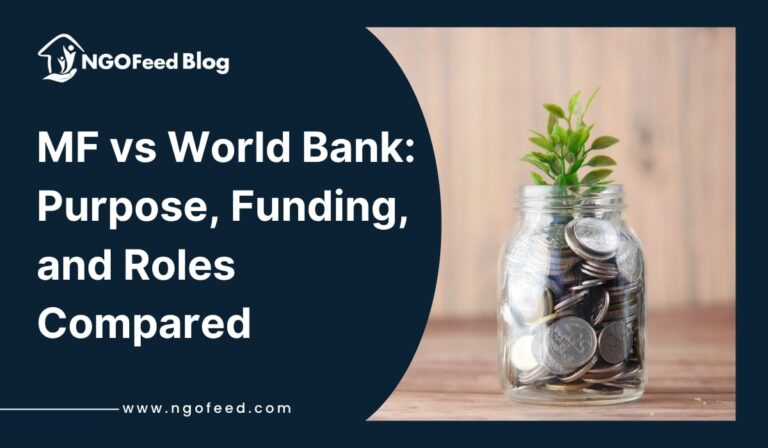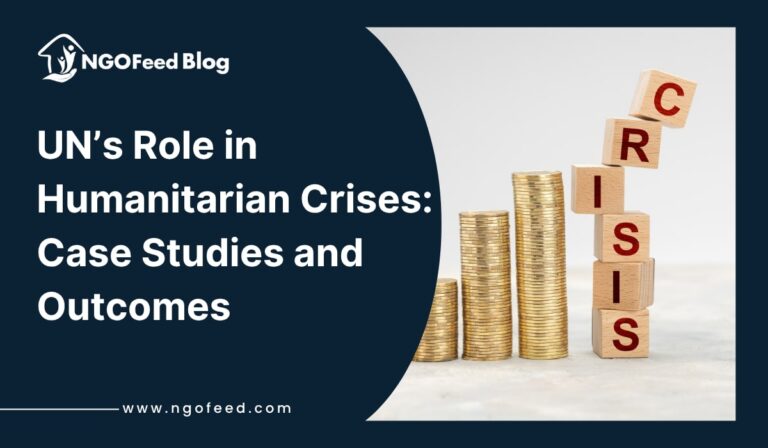Global Migration Crisis and Role of NGOs: The global migration crisis has become one of the most acute humanitarian issues of the present day that transforms societies, economies, and politics across continents. Their homes are left behind as the people in millions move to find safety, dignity, and opportunity due to conflict, climate change, poverty, or persecution. Based on the recent reports, the international migrants have been at the highest levels ever, with displacement being a characteristic of the 21st century. Although migration can make the host countries richer through cultural diversity and workforce, the overwhelming size of the modern crisis can shake the systems of governance, healthcare, and social support.
Non-governmental organisations (NGOs) are important in the face of such complexities. Since India’s NGOs engage in direct humanitarian intervention and protection of migrant rights as well as long-term changes to policy, they are at the centre of human expenditure associated with migration. They provide food, shelter, healthcare systems, education and psychosocial services frequently in areas where state machinery has failed. Besides, NGOs give voice to migrants, combat xenophobia, and enhance community integration, so they have become invaluable participants in emergency relief and sustainable development.
Also Read: What Is Climate Anxiety and How NGOs Can Respond
To grasp the worldwide migration crisis, however, numbers are not enough; a more in-depth examination of the experience of displaced individuals and the innovative and responsive solutions that NGOs introduce to this humanitarian environment. Mapping these efforts helps a better understand of how the size of the crisis can be understood, as well as the resilience and solidarity informing how it is being responded to.
Table of Contents
The Global Migration Crisis: Causes and Scale
Migration is not a new phenomenon in human history, yet the biggest challenge in recent decades is the increase in the magnitude and complexity of global migration. The migration of citizens is no longer a question of chance, but it is becoming a question of survival. The worldwide migration crisis is provoked by a combination of factors, which force people and families to abandon their homes in the case of the need to escape in acute and even life-threatening circumstances.
- Armed Conflicts and Political Instability: Continuous wars, civil and persecution actions leave millions of people to pursue their safety. Areas such as the Middle East, some parts of Africa, and Eastern Europe continue to be hot spots of displacement.
- Climate Change and Environmental Stress: The increase of sea level, desertification, floods, and droughts evict the populations that are vulnerable, particularly in the low-income areas where adaptation resources are limited.
- Economic Inequalities: Unemployment, poverty, and unequal access to resources are the factors that lead to the migration of people in pursuit of improved opportunities.
- Human Rights Violations: Discrimination based on ethnicity, religion, gender, or political ideology remains one of the major reasons for forced migration.
Also Read: WHO Global Nutrition Targets 2025
As per reports on international migration, there has been an excess of international migration, whereby more than 280 million people have been international migrants, and more than 100 million people have been forcibly displaced by war and calamities. This is a scale that has never been witnessed, and this is how the urgency of the issue is underlined, together with the human aspect of the issue. Migration is no longer a standalone problem, but it is transforming the world in terms of societies, economies and international geopolitics in a significant manner.
Challenges Faced by Migrants and Host Nations
The migration crisis witnessed in the world is not simply a problem for the migrants but also for the countries that receive them. Though migration may be a beneficial phenomenon to the economies and cultural foundations, the realities of displacement more often result in the hardships that deter individual well-being and societal integration.
For Migrants:
- Inadequate Access to Basic Services: A significant number of migrants have difficulties accessing healthcare, education, housing and even social protection in the host countries.
- Legal and Documentation Barriers: Prolonged asylum processes, limiting visa policies and ineffective identification of migrants deny them a chance to have steady livelihoods.
- Exploitation and Abuse: Undocumented migrants or marginalised migrants are highly vulnerable to trafficking, insecure working environments, and wage exploitation.
- Cultural and Language Barriers: Integration becomes challenging where the migrants experience a communication gap, discrimination or social exclusion.
For Host Nations:
- Burden on Government Services: An inflow of migrants may lead to numerous challenges on the healthcare systems, education and the housing markets, particularly in those countries that already have limited resources at their disposal.
- Policy and Governance Issues: The key issue is usually politically divisive to strike a balance between humanitarian requirements and national security and economic stability.
- Increasing Xenophobia and Social Tensions: The wrong beliefs about migrants in the labour market or the change of cultural identities may turn into the causes of aggression and further divisions among the host populations.
These issues demonstrate the intricacy of migration: it is a humanitarian need, but the control over it should be well-coordinated, involving policies, and combining short-term solutions with long-term, incorporating plans.
Also Read: WHO Mental Health Action Plan to 2030 & Beyond
Role of NGO Responses in the Global Migration Crisis and Interventions
The global migration crisis has left non-governmental organisations (NGOs) as the saviours of millions of displaced individuals. In conflict zones, as well as in host countries, NGOs respond to the urgent humanitarian demands of people, and, at the same time, pursue long-term strategies that help to protect the dignity and rights of immigrant populations. Their interventions play an important role in closing the gap left by overpowered or underfunded governments.
Humanitarian Relief and Other Emergencies.
- The NGOs offer basic amenities like food, water, shelter, and even clothing in refugee camps and transit centres.
- Migrants with trauma, malnutrition, or chronic disease are offered by mobile health units and emergency medical care.
Advocacy and Legal Support
- A lot of organisations struggle to defend the rights of migrants, protesting against the injustice of deportation and promoting the principle of fair asylum procedures.
- Legal aid services assist the migrants in acquiring documentation, asylum, and protection against exploitation.
Education, Skills and Integration Programs.
- NGOs operate schools and vocational training facilities for migrant children and youth.
- Community-building activities lead to social cohesion, decrease discrimination, and cultural interaction between migrants and the host communities.
Mental Health and Psychosocial Support.
- Most migrants experience trauma, loss, and insecurity; NGOs offer counselling services, support groups, and healing environments.
With such initiatives, the NGOs are not only able to react to the urgent crises but also put in place the basis of resilience in the long run. Their publication emphasises the role of interventions based on compassion and focusing on human dignity at all points of the migration process.
Also Read: Role of Indian NGOs in UN SDGs
Toward Sustainable Solutions
The global migration crisis cannot be solved by mere relief in the short run; it will need long-term inclusion and joint efforts to solve the problem and while at the same time providing long-term dignity to the migrants. The solution to this has to be sustainable to combine the humanitarian reaction and development strategies so that both the migrants and the host population enjoy inclusive growth.
Recent Strides in International Cooperation.
- The governments, international bodies, and NGOs should work more closely to distribute responsibilities equally.
- The international arrangements and alliances in the regions would assist in the standardisation of migration policies and the protection of human rights.
The Investment in the Resilient Systems.
- The tensions can be alleviated with more people having access to healthcare, education, and housing, thus enhancing easier integration.
- Enhancing labour policies will guarantee the application of skills among the migrants and avoid exploitation.
Capitalising on Technology and Innovation.
- Digital solutions may facilitate the work of asylum procedures, supply the migrants with the legal information, and enhance the accessibility of online education and employment.
- The solutions based on the mobile phone assist in linking the displaced individuals to vital services even in rural areas.
Creating Inclusive Societies.
- Xenophobia can be minimised through public awareness campaigns and intercultural exchange programs to enhance the unity of the community.
- By empowering the local communities to interact with the migrant communities, there will be mutual resilience and peacebuilding in the long term.
Humanitarian needs are not the only basis of sustainable migration solutions, as they are also the possibility to establish more powerful, diverse, and resilient societies. Through the use of inclusive policies and the building up of solidarity, countries can turn the crisis into an avenue to shared development.
Frequently Asked Questions (FAQs)
1. What are the principal factors behind the migration crisis in the world?
The causes of the crisis include conflicts, political instability, climate change, economic inequalities and violation of human rights, which compel people to abandon their homes in pursuit of safety and opportunity.
2. What happens to migrants in the process of displacement?
Such issues as accessibility to healthcare, education, employment, legal obstacles, exploitation, discrimination, and social isolation are common to migrants in their countries of destination.
3. Implication: What do NGOs do in solving the migration crisis?
NGOs offer emergency relief, health care services, education and legal services and migrant rights advocacy. They also have integration programs and mental health programs that facilitate long-term well-being.
4. What are the obstacles to the work with migrants by NGOs?
NGOs have a problem of underfunding, lack of access to some areas, political backlash and the need to weigh between short-term and long-term integration measures.

